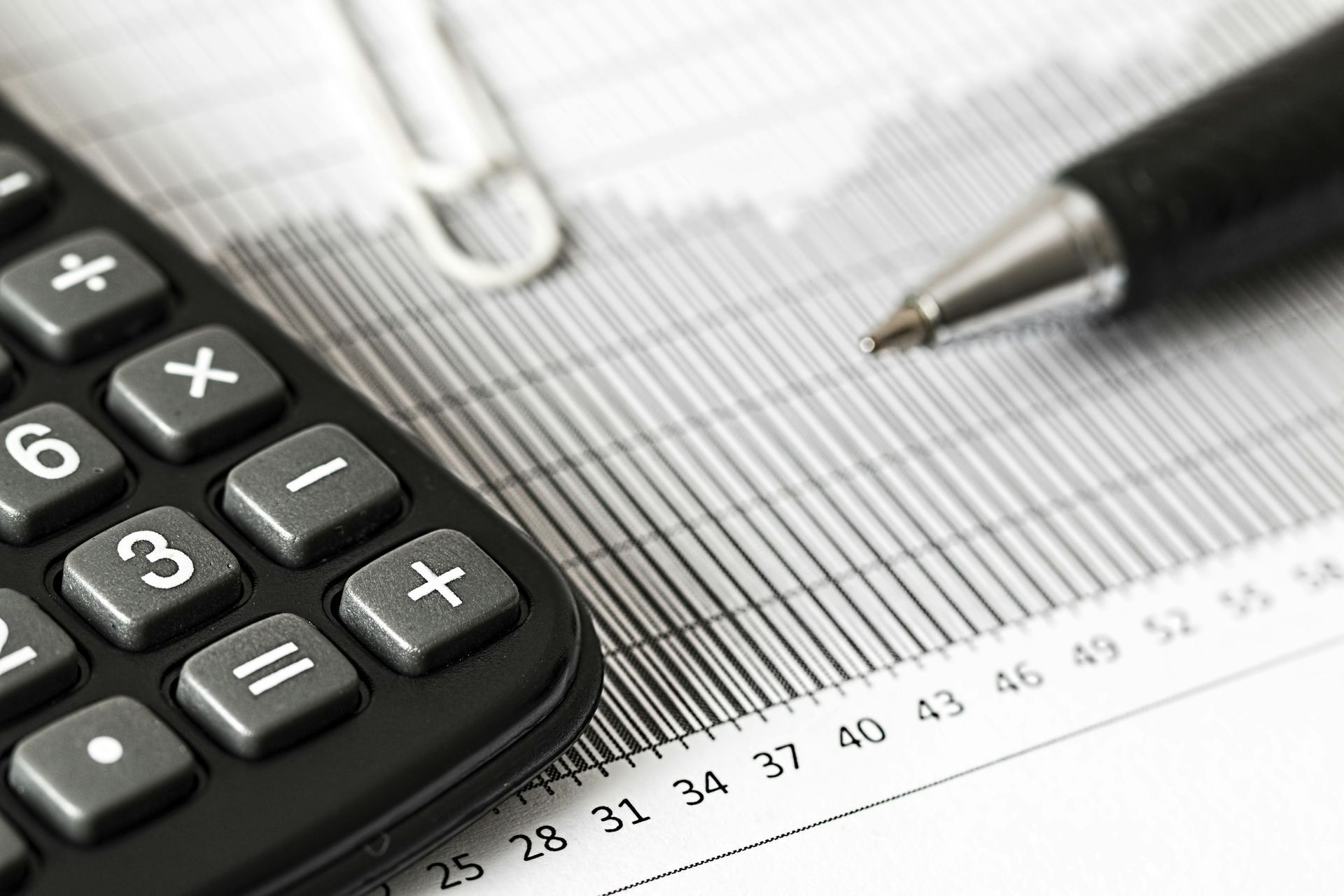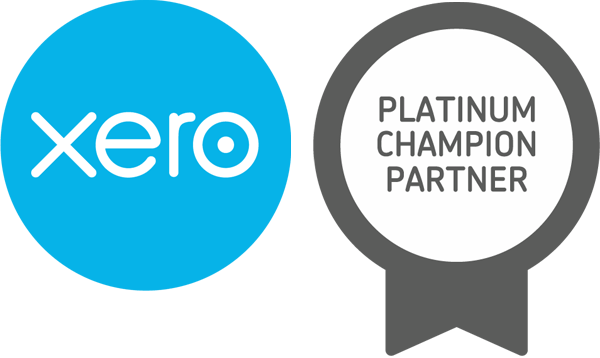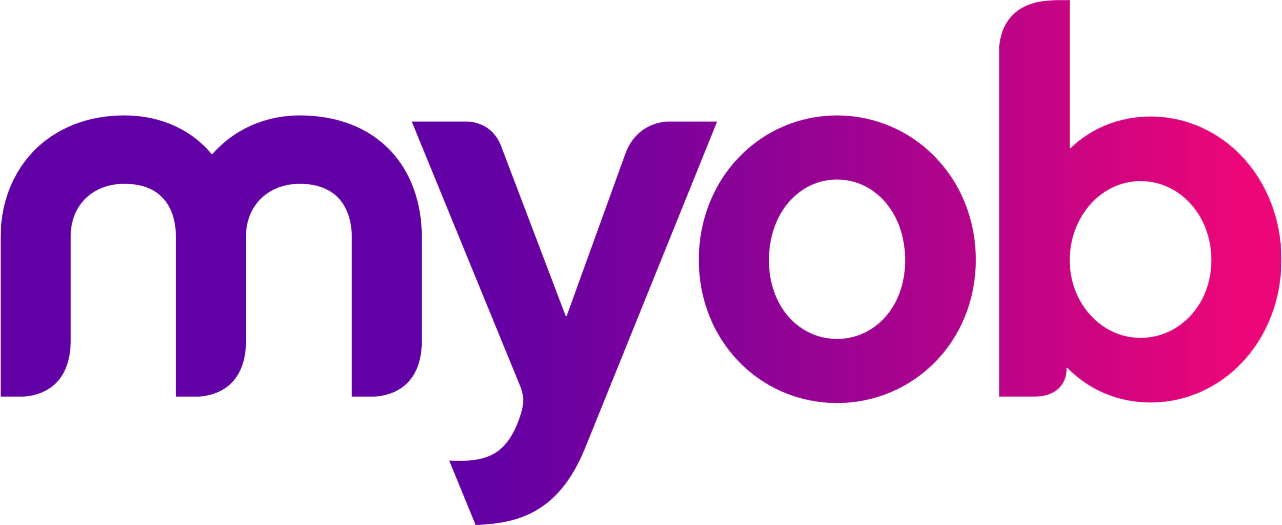What the Latest Federal Budget Means for You!
The 2025 Federal Budget has just been announced, and it brings a mix of cost-of-living relief, tax cuts, and support for both individuals and small businesses.
We’ve broken down the key points in plain English so you can quickly understand what’s changing and how it might affect you.
- Personal Income Tax Cuts Coming in 2026 and 2027
Good news if you pay tax — the government is planning to lower personal income tax rates starting in July 2026, with a further drop in July 2027.
Anyone earning above $18,200 will benefit from the reduction in the marginal tax rate currently 16% applied to earnings between $18,200 and $45,000, reducing to:
- 15% in 2026, and
- 14% in 2027
This means a tax cut of:
- Up to $268 in 2026, and
- Up to $536 in 2027
When combined with existing Stage 3 tax cuts, the average Australian could save about $2,548 a year by 2027–2028—that’s roughly $50 a week back in your pocket. For someone earning around $79,000, the total tax cut will be $2,190 by 2027–2028.
These cuts are designed to ease the cost of living and help part-time and lower-income workers. The government also expects these changes to encourage more people to increase their working hours.
2. Student Debt Relief for More Than 3 Million Australians
If you’ve got a HELP or student loan, here’s what you need to know:
- The government plans to reduce HELP debts by 20% before indexation is applied on 1 June 2025. This could wipe around $16 billion in debt for over 3 million people.
- From 1 July 2025, the new system is proposed, subject to parliamentary approval, that aims to:
-Raise the repayment income threshold, so you can earn more before you start repaying.
-Switches to a fairer repayment structure that increases gradually with income.
Also, a change already in place (backdated to June 2023) has capped indexation to whichever is lower — the Consumer Price Index (CPI) or Wage Price Index (WPI) — and has already reduced debts by $3 billion.
you’ve got a HELP or student loan, here’s what you need to know:
3. Energy Bill Rebate Extended — Small Businesses Included
The energy rebate is sticking around until the end of 2025 — and now includes small businesses too.
Here’s what you’ll get:
- Another $150 rebate in total, split into two $75 quarterly payments, starting 1 July 2025.
- This applies automatically to eligible households and about one million small businesses — no need to apply.
Treasury expects this will:
- Cut the average power bill by about 7.5%, and
- Help reduce overall inflation slightly in 2025.
4. Instant Asset Write-Off Extended — Still Being Finalised
Small businesses may soon be able to immediately write off new asset purchases under $20,000 again — but the rules haven’t officially passed yet.
If approved, this will apply to:
- Assets bought and ready to use between 1 July 2024 and 30 June 2025.
- Multiple assets under $20,000 each — there’s no limit on how many.
Larger purchases (over $20,000) can still be claimed gradually using the simplified depreciation rules. If your depreciation pool ends up under $20,000 at the end of the year, you can write the whole amount off too.
This rule is for businesses with a turnover of less than $10 million.
5. ATO Getting More Power to Crack Down on Tax Dodging
The ATO is getting nearly $1 billion over four years to boost its tax compliance programs — which means more focus on catching and preventing tax mistakes or fraud.
The funding will be used to:
- Expand audits on big companies and multinationals.
- Crack down on the “cash economy” — such as under-the-table payments or not reporting income.
- Target individuals who might be incorrectly claiming deductions or not reporting income.
if you’d like to chat about how these changes apply to your situation, feel free to give us a call on 03 5571 0111 — or head to the Budget 2025-26 website for more information.









